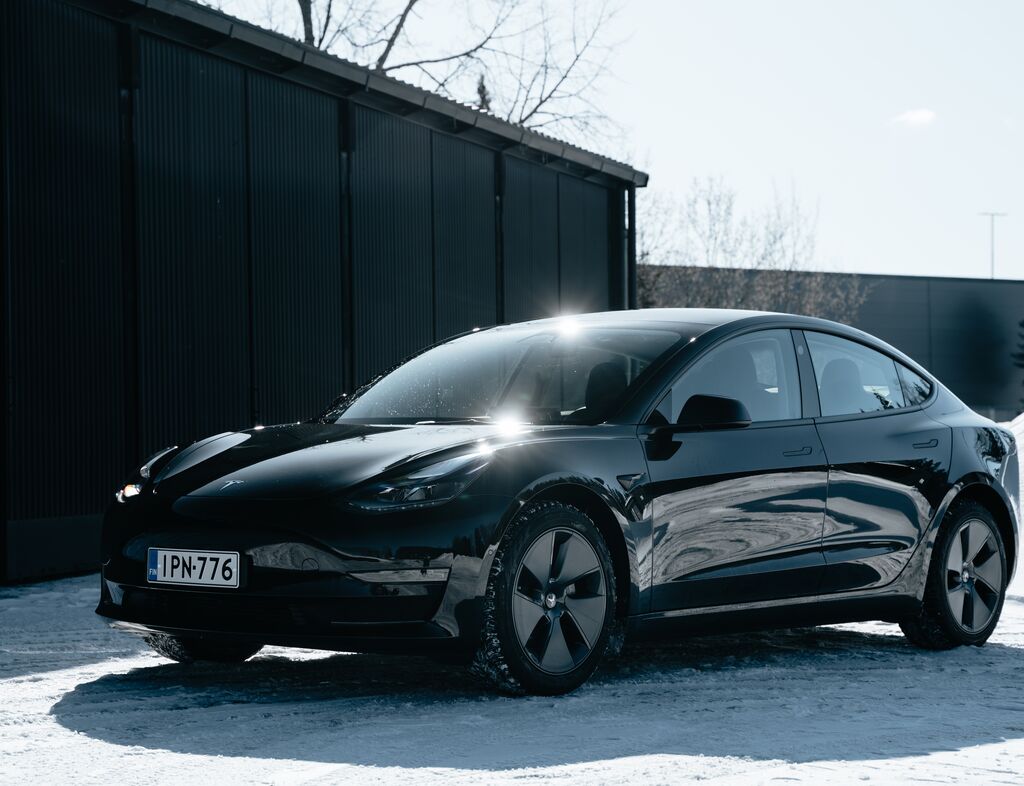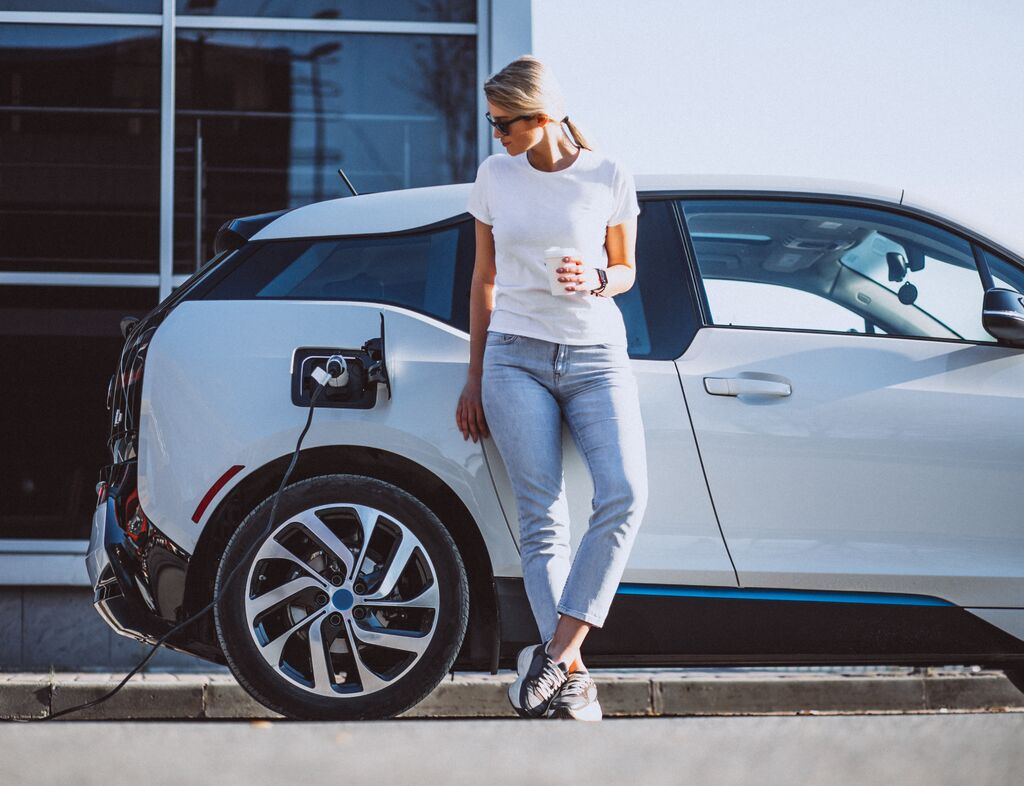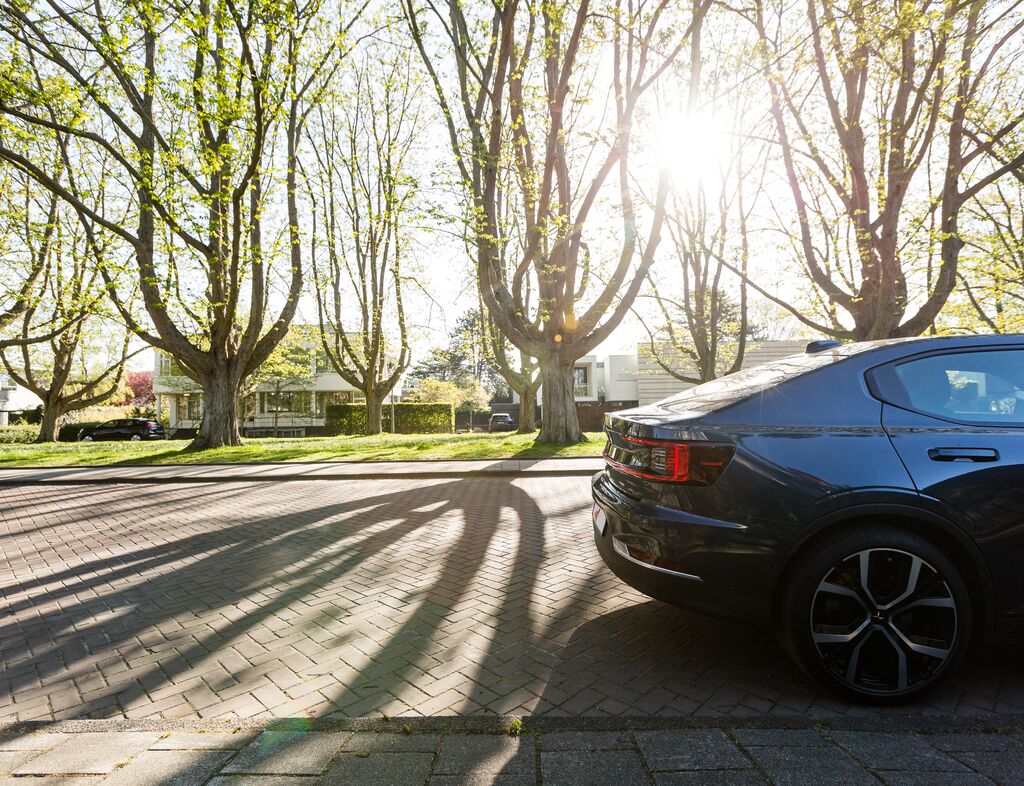Selected Tesla ‘Supercharger’ ultra-fast charging sites are now available to other electric vehicle drivers – here’s how to access them.
What are Superchargers?
Besides being the world’s largest-volume electric vehicle manufacturers [1], Tesla also operates a widespread global network of charging points, which it says are vital to encourage drivers to switch.
These include:
- Destination charging at 5,000 locations, including hotels, restaurants and shopping centres, providing a top-up in several hours where drivers are stopped for a long time [2].
- Supercharger hubs with more than 30,000 ultra-fast (up to 250kW [3]) chargepoints near to major routes, restoring up to 172 miles of range in 15 minutes while drivers have a short rest stop [4].
Because both networks are designed for Tesla drivers, the chargepoint can identify the car, automatically begin charging and bill the connected account automatically. However, this has traditionally prevented other models from using them. At least, until recently.
Which electric vehicles can now use Tesla Superchargers?
Tesla launched a pilot scheme last November, enabling other drivers to use selected sites on their Supercharger network. This has now been extended to eight countries, including 15 locations in the UK [5].
European Superchargers use the same Type 2/Combined Charging System connector, which was standardised across all vehicle manufacturers in 2013 [6]. This means most new electric vehicles (and some plug-in hybrids with rapid charging capability) will be able to plug in.
The only exceptions are:
- Vehicles which use the CHAdeMO DC connector, which includes the Nissan LEAF and e-NV200, and the Mitsubishi Outlander PHEV.
- Cars with a charging port far from the front or rear bumpers. Superchargers have a relatively short tethered cable, designed to reach a charging port near the rear lights.
How do non-Tesla drivers access a Supercharger?
This isn’t as straightforward as it would be in a Tesla. Because other cars can’t communicate with the chargepoint, drivers will need the Tesla smartphone app and register an account with their payment details. The app can then begin charging sessions by entering the unique code on the base of the chargepoint.
Charging is priced on a per-kilowatt-hour basis, with rates set by location. Access for Tesla drivers won’t change, though they will get a discounted rate compared to other users.
All drivers can also incur an ‘idle fee’ of 50p per minute if they occupy a chargepoint after their vehicle has finished charging, rising to £1 per minute if all other units are in use [7].
REFERENCES:
[1] JATO. (2022). The Global Electric Car Sales 2021 in Numbers. [online] Available at: https://www.jato.com/the-global-electric-car-sales-2021-in-numbers/ [Accessed 20 May. 2022].
[2] Tesla. (n.d.). Destination Charging. [online] Available at: https://www.tesla.com/en_gb/destination-charging [Accessed 20 May 2022].
[3] Tesla. (2019). Introducing V3 Supercharging. [online] Available at: https://www.tesla.com/en_GB/blog/introducing-v3-supercharging [Accessed 20 May. 2022].
[4] Tesla (2019). Supercharger. [online] Tesla.com. Available at: https://www.tesla.com/en_GB/supercharger [Accessed 20 May. 2022].
[5] Tesla. (2021). Non-Tesla Supercharger Pilot. [online] Available at: https://www.tesla.com/en_GB/support/non-tesla-supercharging [Accessed 20 May. 2022].
[6] European Commission. (2013). EU launches clean fuel strategy. [online] Available at: https://ec.europa.eu/commission/presscorner/detail/en/IP_13_40 [Accessed 20 May. 2022].
[7] Tesla. (2016). Supercharger Idle Fee. [online] Available at: https://www.tesla.com/en_GB/support/supercharger-idle-fee#all-pricing [Accessed 20 May 2022].




